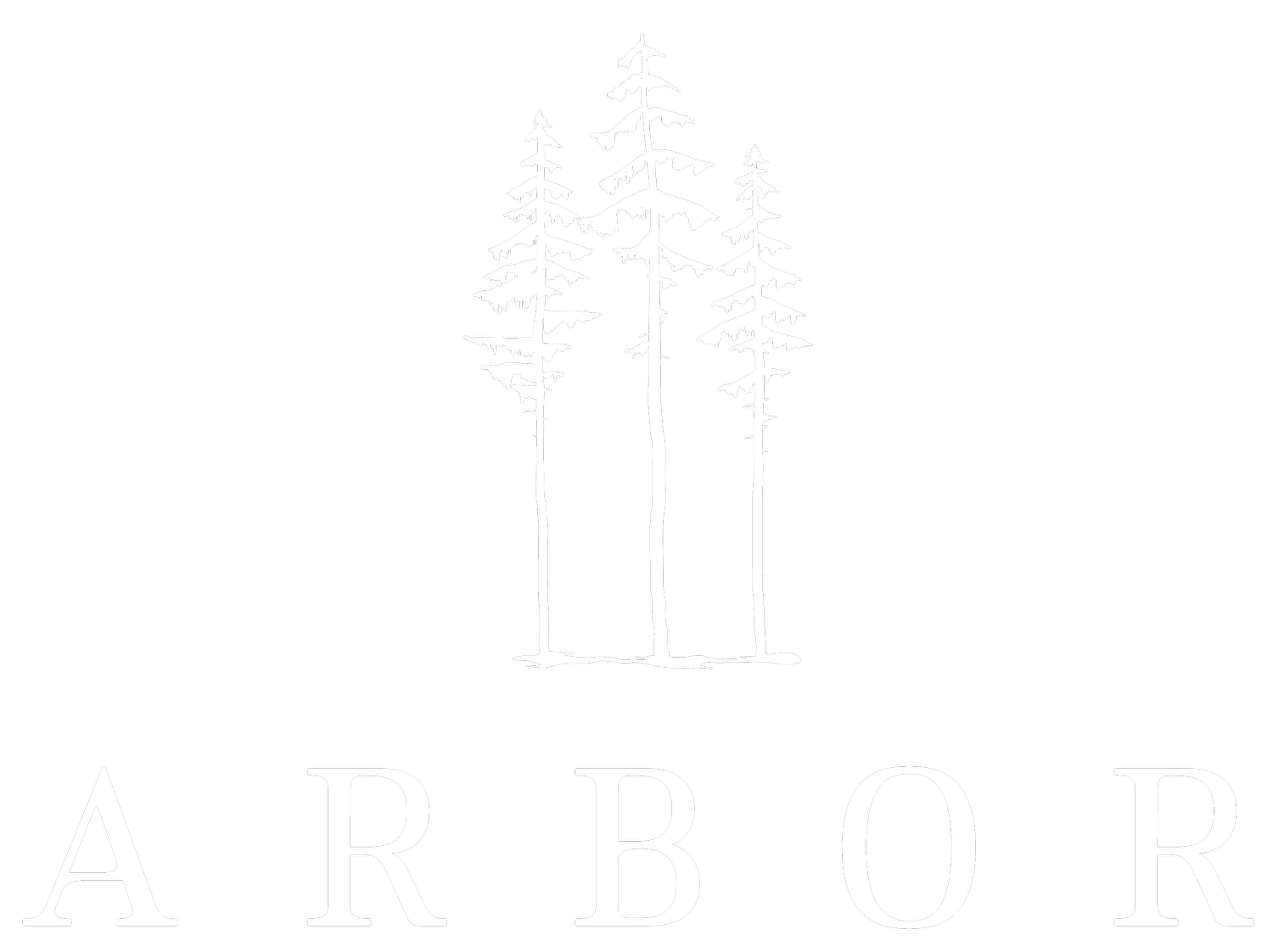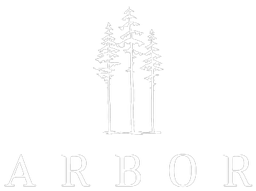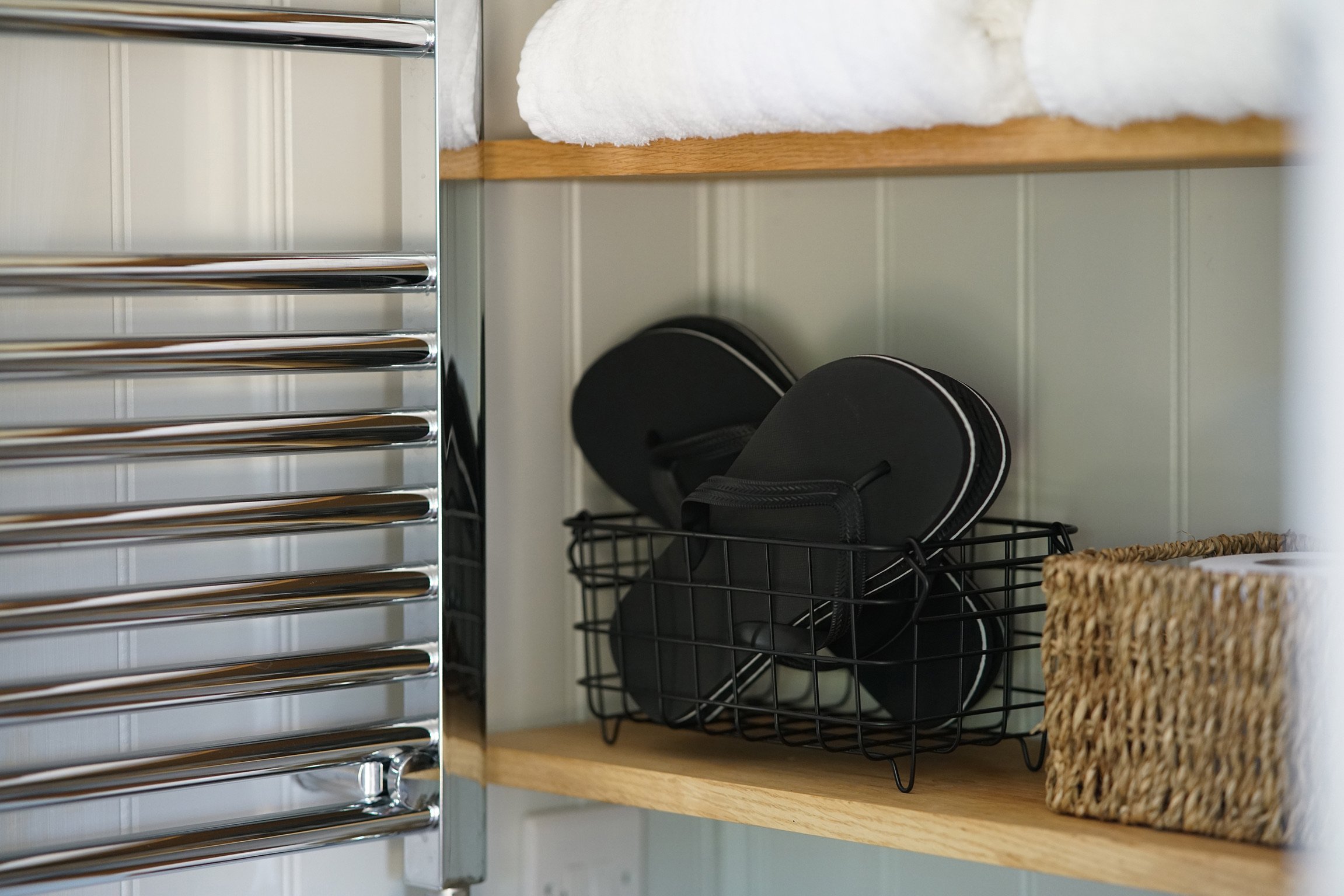How to choose the perfect interior colour palette for your shepherds hut
Shepherd’s huts, with their charming rustic appeal and cosy confines, have become popular for various uses—guest accommodations, home offices, retreats, and even tiny homes. One of the most exciting aspects of designing your shepherd hut is choosing the interior colour palette. The right colours can transform your hut into a welcoming, relaxing, and visually appealing space. Here’s a comprehensive guide to help you choose the perfect interior colour palette for your shepherds hut.
Understand the purpose of your shepherds hut
Before diving into colour choices, it's essential to understand the primary use of your shepherd’s hut. Is it a tranquil retreat, a vibrant workspace, a guest bedroom, or a cosy reading nook? The purpose will significantly influence your colour decisions. For instance:
Relaxation Retreat: Soft, muted colours such as pastels, soft greens, and blues create a calming atmosphere.
Creative Workspace: Bright, energetic colours like yellows, oranges, or a bold accent wall can stimulate creativity.
Guest Accommodation: Neutral colours with warm undertones can make guests feel comfortable and welcome.
Reading Nook: Warm, rich colours like deep greens, burgundy, or classic navy can create a cosy and inviting space.
"Your home should tell the story of who you are, and be a collection of what you love." — Nate Berkus
2. Consider the size and lighting
Shepherd huts are typically small spaces, so the size and natural lighting play a crucial role in your colour choice.
Small Spaces: Light colours can make a small space feel larger and more open. Whites, creams, and light pastels can help create an airy atmosphere.
Natural Light: If your hut has plenty of natural light, you have more flexibility with darker colours. In contrast, if natural light is limited, stick to lighter hues to brighten the space.
Using colour in your shepherds hut can be wonderfully achieved through the strategic use of tiles in the bathroom. Vibrant or subtly patterned tiles can serve as a focal point, transforming a small bathroom into a visually stimulating oasis. For instance, consider a backsplash of mosaic tiles in varying shades of blue and green to evoke a tranquil, spa-like ambiance. Alternatively, a feature wall with bold, geometric tiles in warm hues like terracotta or mustard can add a touch of modernity and warmth. Tiles in softer pastels or neutral tones can create an illusion of more space and light, making the bathroom feel more open and airy. By carefully selecting tile colours and patterns in your shepherds hut, you can infuse your shepherd hut’s bathroom with character and style, creating a cohesive and inviting retreat.
3. Choose a colour scheme
A well-thought-out colour scheme ties the whole space together. There are several approaches you can take:
Monochromatic Scheme: This involves using different shades of the same colour. It creates a cohesive, soothing look. For example, varying shades of blue can be both relaxing and sophisticated.
Analogous Scheme: This scheme uses colours that are next to each other on the colour wheel, such as blue and green or yellow and orange. It’s harmonious and pleasing to the eye.
Complementary Scheme: This uses colours opposite each other on the colour wheel, like blue and orange or red and green. This can create a vibrant, dynamic look but should be balanced to avoid overwhelming the space.
4. Balance warm and cool tones
Balancing warm and cool tones is essential for a harmonious space. Warm tones (reds, yellows, oranges) can make a space feel cosy and inviting, while cool tones (blues, greens, purples) can make it feel calm and spacious. Combining these can create a well-rounded environment. For instance, pairing a cool-toned wall colour with warm-toned furniture or accents can strike the perfect balance.
Choosing the correct window dressings for your shepherds hut in the UK is essential to balancing aesthetics, privacy, and functionality. Given the hut’s compact size, opt for window treatments that maximise natural light while maintaining a cosy atmosphere, crucial for those often overcast British days. Light, airy curtains in neutral tones or soft pastels can brighten the space and create an open feel. For a touch of rustic charm, consider linen or cotton fabrics that complement the hut's natural, rustic appeal. Roman shades or roller blinds are practical choices that provide privacy and light control without overwhelming the space. To add a pop of colour or pattern, choose window dressings with subtle prints that tie into the overall colour palette of the shepherd’s hut. Ultimately, the right window dressings will enhance the hut’s charm, ensuring a harmonious blend of light, colour, and comfort, perfectly suited for the varied British weather.
5. Incorporate natural elements
Given that shepherd huts have a rustic, natural appeal, incorporating natural elements into your colour palette can enhance this aesthetic. Earthy tones like browns, greens, and beiges work well with natural wood finishes and stone elements. These colours not only complement the natural surroundings but also bring the outdoors inside, creating a seamless transition between the hut and its environment.
6. Add accent colours
Accent colours are a great way to add personality and interest without overwhelming the space. Choose one or two accent colours that complement your primary colour scheme. These can be used in furnishings, decor, and small accessories. For example, if your main palette is neutral, consider how you can dress the shepherds hut with accent furnishings such as artwork, bedlinen and rugs.
7. Consider the fixed elements
Take into account the fixed elements in your shepherd hut, such as flooring, built-in furniture, or wood paneling. The colours of these elements will influence your overall palette. If you have dark wood floors, for instance, you might opt for lighter walls to create contrast and balance. Alternatively, if your hut features light wood finishes, you can experiment with bolder wall colours.
Using muted tones in a shepherd hut can significantly enhance the space by creating a serene and cohesive atmosphere. Muted colours such as soft greys, gentle beiges, and subdued greens or blues can make the compact interior feel more open and airy, promoting a sense of calm and relaxation. These tones harmonise with natural materials like wood and stone, enhancing the hut’s rustic charm and blending seamlessly with the surrounding landscape. By opting for a muted palette, you can avoid overwhelming the small space, allowing each element to contribute to a balanced and inviting environment. The subtle elegance of muted tones also provides a versatile backdrop, making it easy to incorporate personal touches to your shepherd’s hut and seasonal decor changes without clashing.
8. Personalise your space
Ultimately, your shepherd hut should reflect your personal style and preferences. Don’t be afraid to incorporate colours that you love and that make you feel happy and comfortable. Whether it’s a favourite colour, a piece of art, or a cherished piece of furniture, let your personality shine through in your colour choices.
9. Test your colours
Before committing to a colour, test it out. Paint small sections of your walls and observe how the colour looks at different times of the day and under different lighting conditions. This will give you a better idea of how the colour will feel in the space.
Decorating a shepherds hut presents an exciting challenge due to its small size, requiring creativity and thoughtful planning to make the most of every inch. The compact space encourages innovative solutions for storage, multi-functional furniture, and smart design choices that maximise functionality without sacrificing style. This challenge allows for a deep dive into clever design hacks, such as built-in shelving, fold-away tables, and convertible seating. The limited space also promotes a minimalist approach, encouraging the selection of only the most cherished and practical items, which in turn creates a cosy and personalised atmosphere. Embracing the challenge of decorating a small shepherd’s hut can lead to a uniquely charming and efficient retreat, reflecting ingenuity and a keen eye for design.
10. Use colour psychology
Consider the psychological effects of colours when making your choice. Colours can influence mood and behaviour, so think about the atmosphere you want to create. Here are a few insights:
Blue: Calm and serene, great for relaxation spaces.
Yellow: Energetic and cheerful, ideal for workspaces or kitchens.
Green: Refreshing and balanced, suitable for any room.
Red: Passionate and stimulating, best used as an accent colour.
Purple: Luxurious and creative, good for bedrooms or artistic spaces.
Neutral Shades (beige, grey, white): Versatile and timeless, they provide a perfect backdrop for other colours.
11. Get inspired
Look for inspiration from various sources—design magazines, online platforms like Pinterest and Instagram, or even nature. Collect images and colour swatches that catch your eye and create a mood board. This can help you visualise how different colours and elements work together.
Choosing the perfect interior colour palette for your shepherd’s hut is a blend of understanding the space, balancing aesthetics and functionality, and incorporating your personal style. By considering the purpose of the hut, the size and lighting, and using thoughtful colour schemes and accents, you can create a beautiful and inviting space that you'll love to spend time in. Remember, the key is to experiment, have fun, and let your personality shine through in your choices. Happy decorating!









